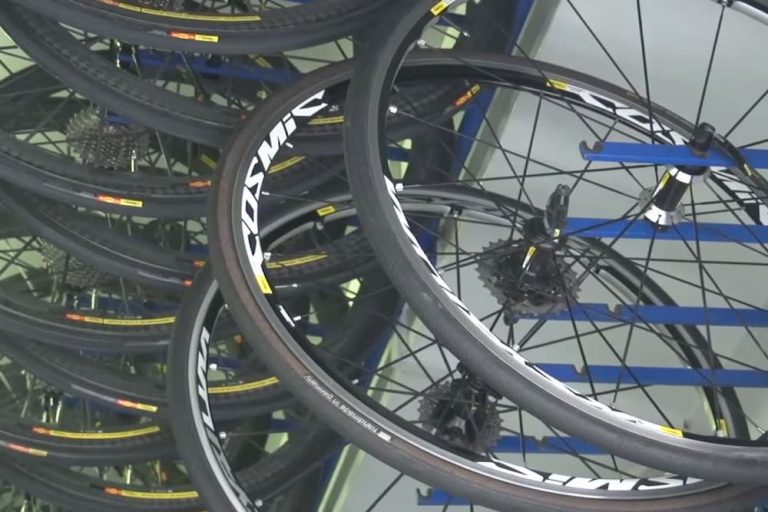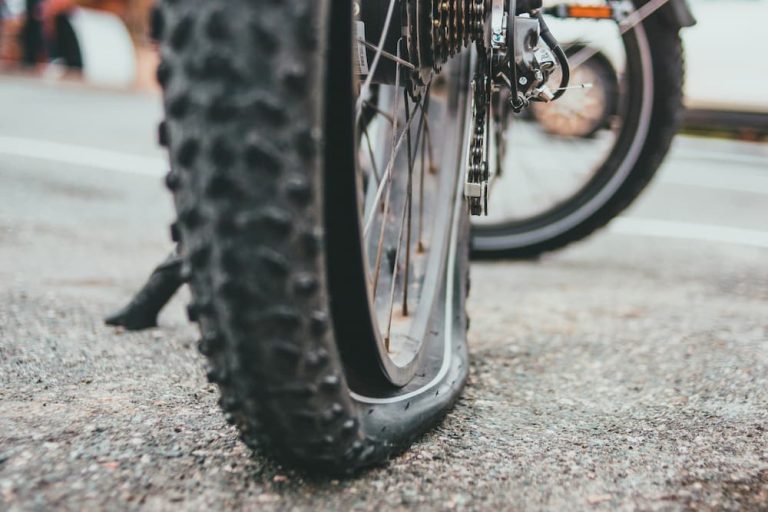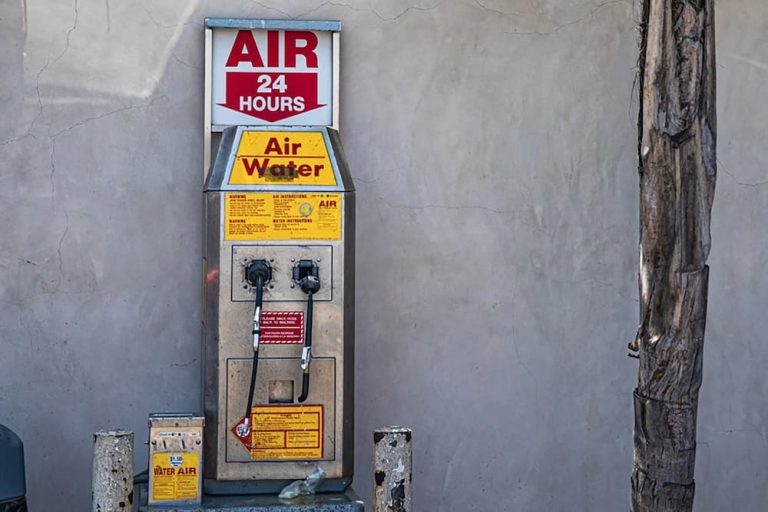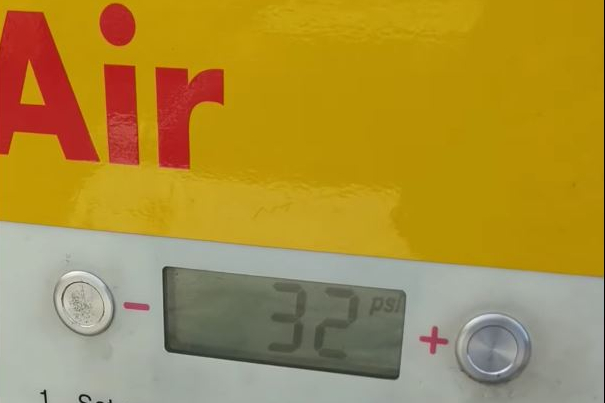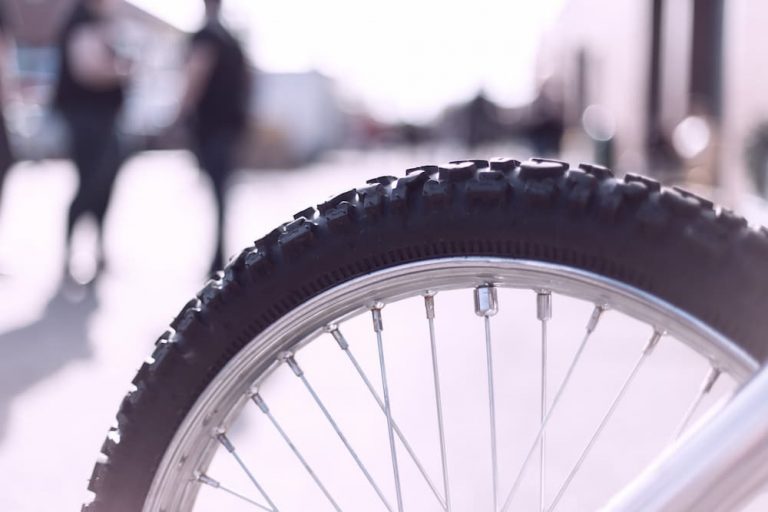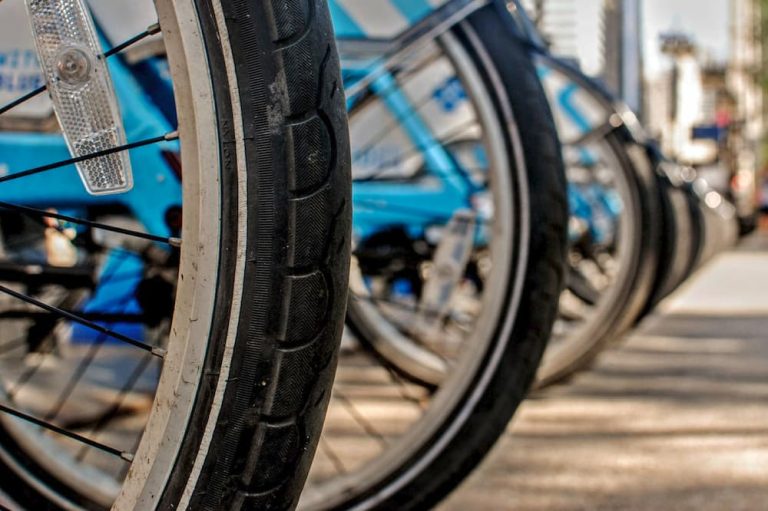How To Put Air In Bike Tires At Gas Station – Mastering Gas Station Pumps for Bike Tire Inflation
Cycling enthusiasts know the frustration: you’re miles into your ride, and you realize your bike tires are underinflated. Not every cyclist carries a portable hand pump, and not all routes have bike shops conveniently located. This situation can quickly turn a pleasant ride into a challenging ordeal. Underinflated tires not only make pedaling more strenuous but also increase the risk of punctures and damage to the wheels.
Imagine this – you spot a gas station ahead. Relief, right? Not so fast. Most gas station pumps are designed for cars, not bicycles. Their high-pressure output can be overkill for your bike tires, and the nozzle might not even fit your valve stem. This realization can escalate the frustration, leaving you feeling stranded and unsure.
But don’t worry. This article is your guide to navigating this tricky situation. I’ll share my insights on effectively using gas station pumps for your bike tires, covering everything from valve types to pressure adjustments. Let’s turn this challenge into a straightforward task, ensuring your cycling trips are smooth and your tires are always ready to roll.
Contents
How do you fill your bike tires at a gas station?
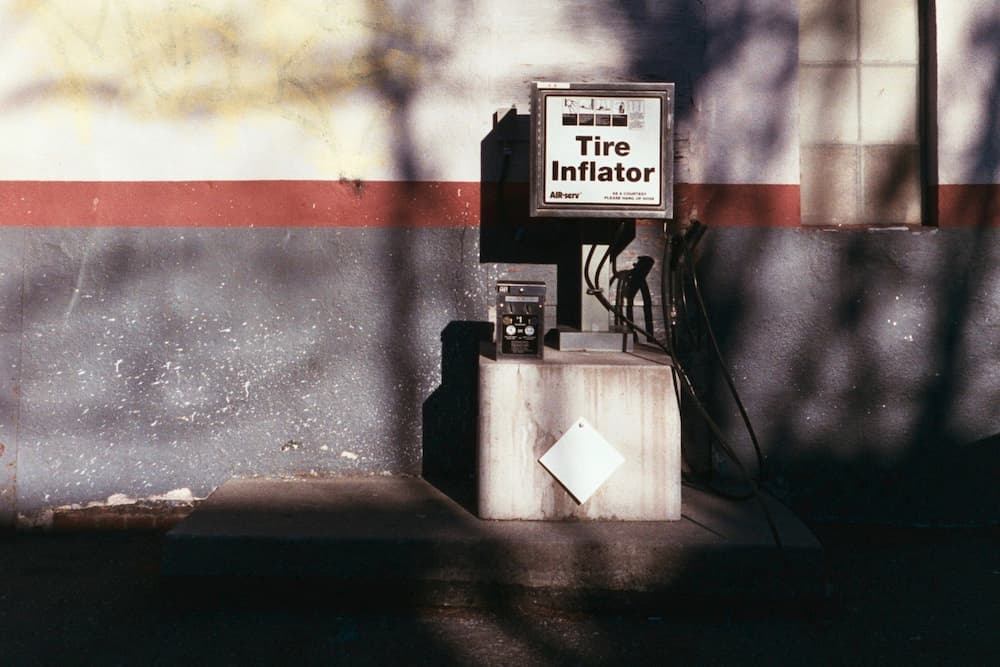
Now, let’s talk about how you can do that without getting into mishaps.
To successfully put air in your cycle tires, you will need to check a few things and follow a few steps:
Identifying Your Bike’s Valve: A Crucial First Step
As I have previously mentioned, only tires with certain valve types can be inflated with a car tire pump. This means that if you don’t have compatible valve types, you won’t be able to put air in your tire.
So, bicycles have three types of valves: the Schrader or American valve, the Presta valve, also known as the French or Sclaverand valve, and the Woods valve or the English/Dunlop valve. Out of these three valve types, only the Schrader valve is compatible with car tire pumps. However, you can also use an adapter to make the Presta valve compatible.
The Schrader valve is mainly compatible with car tire pumps because cars have the same type of valve. But not all bicycles have Schrader valves – mostly mountain bikes do. But how do you know whether you have a Schrader valve or not? The trick is simple: check whether the valve’s nozzle is short, thick, and secured by a rubber cap. If yes, then you have a Schrader valve.
But if the nozzle is long and narrow and is secured by a nut and a rubber cap, then it’s a Presta valve. In this case, you will need an adapter that will turn your Presta valve into a Schrader valve so that you can inflate your tire.
Understanding Your Bike Tire’s Ideal PSI
If you are unfamiliar with PSI (Pound Per Square Inch), it refers to how much air pressure the wheel requires to work correctly. The recommended PSI for your tire is printed at the side wall of your tire, towards the part that touches the rim. So, if you are unsure how much air it should have, check there.
Check the PSI level with a pressure gauge if you want to know how much you should inflate the tire. The tire pressure ranges are:
- 80 -130 PSI for road bikes
- 30 PSI (off-road) or 50 PSI (on-road) for mountain bikes
- 50 -70 PSI for hybrid bikes
So, if your bike’s tire pressure is lower, try to get it to the recommended range.
Also, if you don’t have a pressure gauge at hand, you can try squeezing it to get a rough estimate of whether it is inflated enough or not. If it is firm yet slightly squeezable, you should not extend it further. It is better to keep it a little under-inflated than over-inflating it.
Adjust The Gas Station Pump’s Air Pressure
Before putting air in your tire, always check the air pressure of the pump. Make sure you use a pump with adjustable air pressure if you can. Otherwise, your tire might get over-inflated and even burst before you can do anything about it.
Another thing you can do is if the car tire pump does not have an adjustable pressure to inflate the tire in short bursts. If you are in a pinch, you can increase it slightly to prevent it from bursting.
Additionally, you can get a pressure gauge to keep an eye on the air pressure and ensure that you stay within the recommended PSI range.
Proceed To Put Air in the Tire
Now that you have checked everything and made sure that everything is in order, you can proceed to inflate your bicycle tire.
To inflate a tire with a Schrader valve, follow these steps:
- Take off the rubber cap that is sealing the opening.
- Attach the nozzle of the pump to the opening of the valve.
- Inflate the tire a little at a time and monitor the PSI.
- Please take off the pump and secure it with the valve cap.
To inflate a tire with a Presta valve, follow these steps:
- Remove the rubber cap, sealing the opening.
- Unscrew the nut, secure the valve, and attach the adapter.
- Attach the nozzle of the car pump to the adapter.
- Slowly inflate the tire and keep an eye on the pressure.
- Once grown, take off the pump and adapter, screw the nut, and secure with the cap.
Key Considerations Before Inflating Bicycle Tires at Gas Station
Before jumping into the how-to section, let’s discuss a few things you will need to consider if you want to inflate your cycle tire at a service station.
The first thing that you will need to consider before going to a gas station to put air in your tire is that there is a possibility that the gas station will not have a bike tire pump.
Nowadays, many gas stations have bike pumps installed, so you can ask at the register if they have one available. You can use the car tire pumps in situations where they don’t.
Overcoming Incompatibility Challenges Of Car Tire Pumps
One of the critical things you should remember is that not all car tire pumps are compatible with bike wheels. Only tires with certain valves can be hooked up to car tire pumps and inflated.
If you are unsure whether your bike tire can be inflated with a car tire pump, I will discuss that in the how-to section. Don’t try to pump the tire if it’s incompatible, as that might damage it.
Related reading: Can I Use a Car Tire Pump on My Bike?
Volume And Pressure of Bike Tire
If you are considering using a car tire pump to inflate your bike tire, you must remember that a bike tire is much smaller than a car tire. So, you cannot put as much air in it. It would help if you were careful about over-inflating your bicycle tire because otherwise, it might burst.
Another thing you will need to be wary of is that car tire pumps have higher air pressure, which can cause your tire to over-inflate very quickly. Often, car tire pumps have a pressure gauges that allows you to regulate the pump’s pressure. However, a lot of gas stations are not equipped with that.
Most gas stations have an unregulated air hose, so you must be very careful when trying to use it.
Related reading: How to Let Air Out of Bike Tire?
Frequently Asked Questions
Can I Fill Up My Bike Tires at A Gas Station?
Yes, you can fill your bicycle tires at the gas station. Some gas stations have bicycle tire pumps, and those still have car tire pumps. Although you should not regularly pump your bike tires with car tire pumps, it is acceptable to do them in a pinch.
Can I Use A Car Tire Pump On My Bike?
Yes, you can use a car tire pump on your bike tires if you are cautious and follow a few rules! Car tire pumps have a high air pressure that can inflate your tire too quickly and make it burst, but it is possible if you do it carefully. Use a pressure gauge to keep track of the PSI and regulate the pressure if you can.
Conclusion
As we journey through the practicalities of putting air in bike tires at a gas station, it’s clear this task, while seemingly straightforward, requires a bit of know-how and preparation. From understanding the nuances between Schrader and Presta valves to adjusting the high-pressure pumps typically found at gas stations, the process demands careful attention. My experiences have taught me the importance of always checking for compatibility and the tire’s recommended PSI to avoid damage.
Navigating potential challenges, such as finding a gas station with a suitable pump or dealing with a pump that only fits car tires, is part of this adventure. I’ve learned always to carry an adapter or keep track of nearby alternative air sources like bike shops or manual pumps. Over-inflation is a real risk, so taking the time to do it right is crucial.
In essence, inflating your bike tires at a filling station is more than just a simple task. It’s about ensuring a safe and enjoyable ride. By understanding these key aspects and preparing accordingly, you can make this process seamless and get back to what’s important – enjoying your cycling journey.

